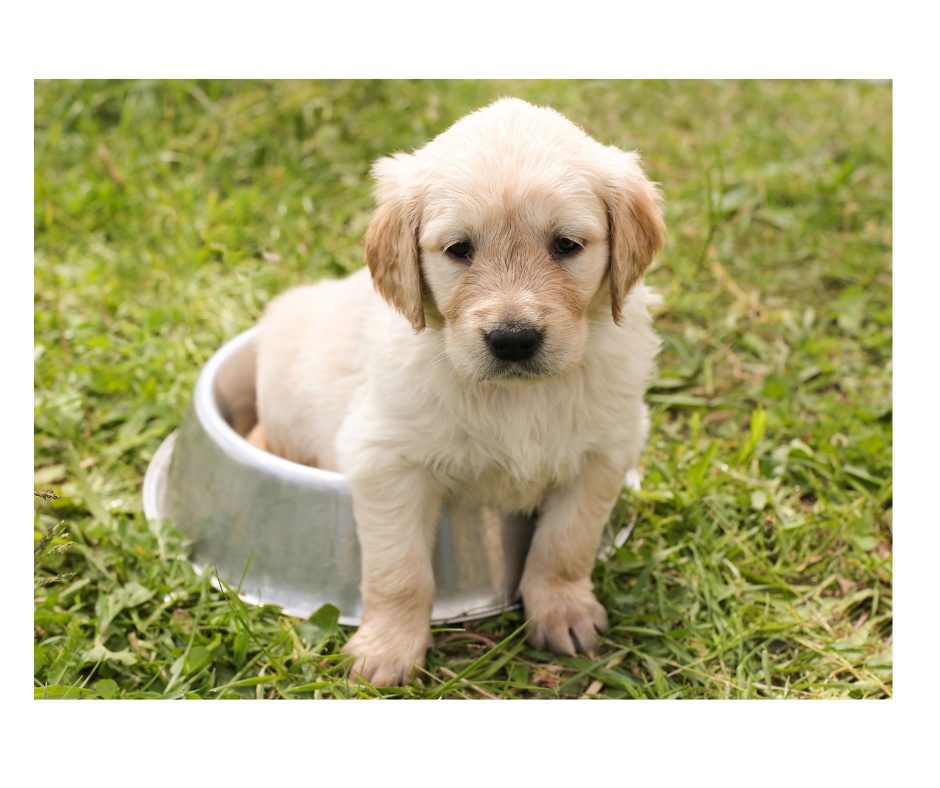On a scale of 1-10, how excited does your dog get when it comes to feeding time? 11? That sounds about right. You pull the lid off of the food container to the wafting smell of Salmon and brown rice…or some other delicious ingredients. Your pup looks up at you with eyes that say It’s about time, I can’t even remember my last meal! As the kibble dings the stainless steel, Fido drools, and nearly runs you over to get to it. You regain your balance, put the lid back on, and have discovered he’s already done and looking for seconds.
Dogs are not all that far removed from having to find and hunt their food. If you think about it, dog food as we know it is only about 100 years old. The modern canine has it easy, as it’s served up on a silver (well, stainless steel) platter. As dog owners, we’ve reduced the event of feeding, which used to involve hours of strenuous work, to a mindless activity that lasts a matter of seconds. It’s simply unnatural. We do not have to travel all the bay back to a dog’s primal roots, but there is certainly an appropriate middle ground that can be reached.
Having your dog work for its food can be lots of fun and is fantastic mental stimulation. Whether your dog is obsessed with food or a little on the picky side, you can switch up the day to day boredom by spending a few extra minutes to prepare. Let’s start with a simple example. Take your scoop of food and sprinkle kibble over any designated area you choose. The farther each piece of kibble is spread out, the longer it will take for the dog to eat. Release your dog from a stay command or from another room and encourage them to find each one. For a bit more of a challenge, take handfuls and hide them behind table and chair legs, on each step of a staircase, different corners of the room, etc. This practice makes your dog use their most primary sense, their nose!
There are also a lot of great toys on the market that help encourage your dog to work for their food. Our personal favorite is the Kong Wobbler. Made of hard plastic, the Wobbler is in a similar cone shape as other Kong toys but is weighted on the bottom with sand. You can unscrew the two pieces that make up the toy, fill it up with your dog’s kibble, and set it down. Your dog will have to knock it over to dispense the food through a hole in the front which requires a lot of mental engagement.
There are many practical reasons why you should incorporate this into your dog’s life. Requiring a dog to work for his food can help give him a sense of purpose. Most dogs do not have a job that requires a large amount of mental stimulation. They don’t hunt for food, they don’t search for water, and they don’t walk their territory for hours per day. When we return some of a dog’s primal instincts back into everyday life, they become happier through the balance of mental and physical stimulation. Providing a few minutes of work for your adult dog each day helps give them an outlet for their natural curiosity and drive.
Another reason to make your dog work for his food is that it can make your life easier as well! As trainers, we often encourage clients to do this with young puppies. Like little children, young pups have a tendency to get into trouble when we’re not watching. Grabbing objects like socks and shoes, or even having an accident inside the house. When you make your puppy look for its food, it gives you time to make that phone call, send an email, or prep dinner without having to divert your attention to see what they are up to, because you already know what they’re doing!
Turning feeding into a longer process is also a fantastic option to avoid those sad, guilty faces you might see before you leave the house. Hide some food or load up your Wobbler, set your dog after it, and quietly slip out the door. They won’t even know you’ve gone! At the end of the day, it is our responsibility to ensure that our dogs are happy and have a sense of purpose. Giving your dog a daily challenge is one small thing you can do to help them live a happy fulfilled life.


